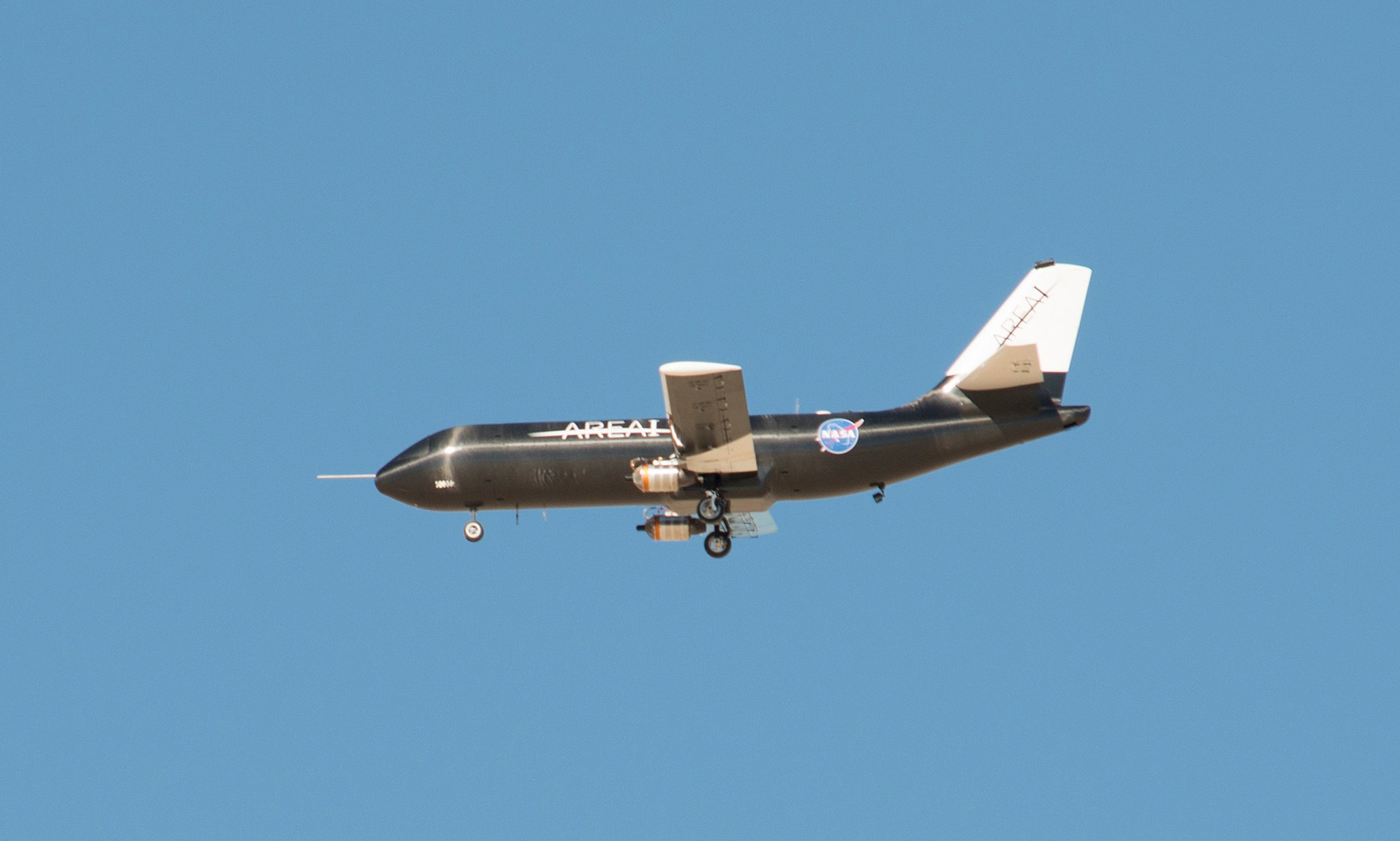
A small remotely-piloted aircraft crashed on Tuesday, September 25th, in a designated range over the dry lakebed outside NASA Armstrong Flight Research Center (AFRC). The aircraft was completely destroyed. Nobody was hurt and the crash posed no risk or adverse consequences to the public. As with any incident, NASA will review what happened and apply lessons learned.
The aircraft involved was the PTERA (Prototype-Technology Evaluation and Research Aircraft) as modified for NASA and being flown in preparation of a series of research flights. PTERA is a relatively small aircraft (just over 11-foot wingspan) that was being used as a testbed for new wing morphing technology.
“While this is certainly upsetting to the research team who put so much of their time and effort into this project, sometimes things don’t go as planned” commented David McBride, AFRC Center Director. “In research and technology development activities, as the concepts mature and the technology advances, there are inherent risks.
“As typical to aerospace industry, work incrementally scales up from conceptual studies, to modeling, through small-scale bench testing, before moving on to actual flight testing,” he added. “With flight research at NASA Armstrong, smaller less expensive remotely-piloted aircraft are often used before moving on to a full size or experimental X-planes.”
Leslie Williams
Armstrong Flight Research Center, Edwards, Calif.
leslie.a.williams@nasa.gov
661-276-3893




























